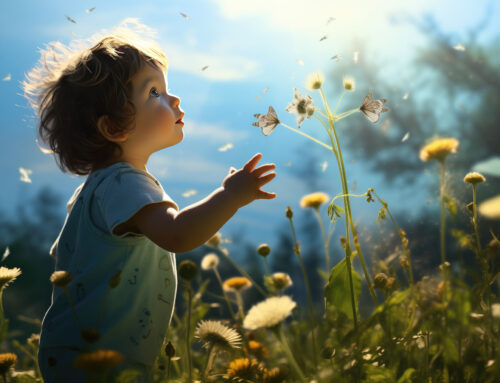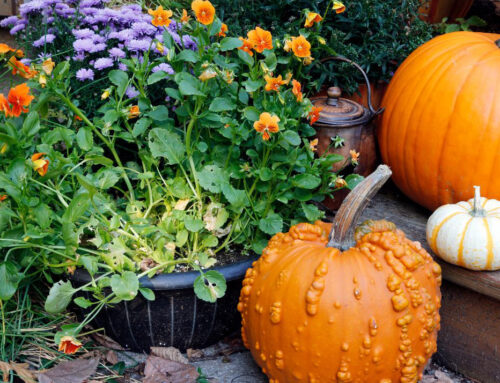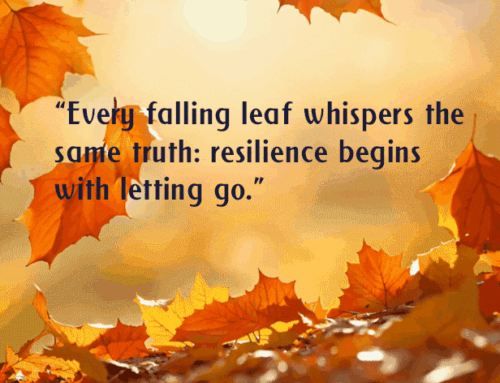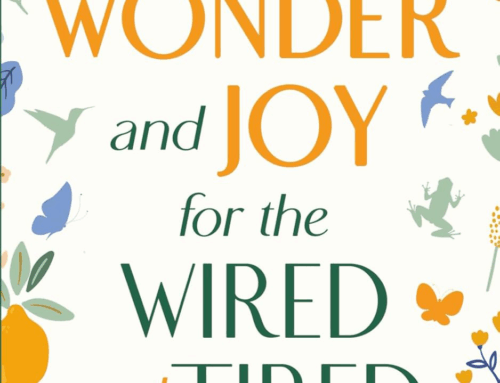Plants do not have genders in the same way animals do. Instead, they have reproductive structures that can be classified as male, female, or sometimes both, within the same individual plant. This reproductive system is distinct from the biological concept of gender found in animals. In plants, the terms “male” and “female” are used to describe the functions of reproductive organs rather than gender identity. Here’s how it works:
Male Reproductive Structures:
Stamens: Stamens are the male reproductive organs of a flower. Each stamen typically consists of an anther, where pollen is produced, and a filament that supports the anther. Plants with stamens are considered to have male reproductive structures.

Female Reproductive Structures:
Pistils (or Carpels): Pistils are the female reproductive organs of a flower. Each pistil typically consists of a stigma, where pollen is received, a style, which connects the stigma to the ovary, and an ovary, where ovules are housed. Plants with pistils are considered to have female reproductive structures.

Monoecious vs. Dioecious Plants:
Monoecious Plants: Plant species that have both male and female reproductive structures within the same individual plant are called monoecious. For example, corn and squash plants have separate male flowers (with stamens) and female flowers (with pistils) on the same plant.

Dioecious Plants: Dioecious plants have separate male and female plants. Male plants produce flowers containing only stamens (male reproductive organs), which produce pollen. Female plants produce flowers containing only carpels (female reproductive organs), which develop into fruits after fertilization. The Gingko tree and the spinach plant are both dioecious species.

The More You Know: Finally, one more thing to marvel at when you look at your next leaf or flower petal. Monocotyledons and Dicotyledons (or monocots and dicots for short) are two major groups of flowering plants which are categorized according to the number of cotyledons (seed leaves) present in their seeds, as well as a few other important physical characteristics. Take a closer look:
Monocots
Monocots have seeds with only one cotyledon (seed leaf). This means that when the seed germinates, it produces a single embryonic leaf. The leaves of monocot plants typically have veins which run parallel to each other from the base to the tip of the leaf. Their flowers are usually in multiples of three (e.g., petals in multiples of three) and monocot stems lack secondary growth, meaning they do not increase in diameter over time through the formation of new layers or tree rings. Examples of monocots include grasses, lilies, orchids, palms, and bananas.

Dicots:
Dicots have seeds with two cotyledons. When the seed germinates, it produces two embryonic leaves. Dicot leaves typically have reticulate (net-like) venation, where the veins branch and form a network throughout the leaf.
Their flowers are usually in multiples of four or five (e.g., petals in multiples of four or five), and their stems usually have secondary growth, leading to an increase in diameter over time. Examples of dicots include roses, sunflowers, beans, tomatoes, conifer trees and hardwood trees such oaks.

Flower Power
Color my World: The Royal Botanic Gardens, Kew, estimates that there are around 352,000 known flowering plant species in the world.

Largest Flower Cluster: The world’s largest inflorescence (cluster of flowers) belongs to the Talipot Palm. It can reach up to 26 feet in length and contains millions of small flowers.

Lovely Longevity: Peonies are not only beautiful and fragrant flowers. Many can live more than 100 years.

World’s Smallest Flowering Plant: The world’s smallest flowering plant is Wolffia globosa, also known as duckweed. It is tiny, with individual plants measuring only 0.5 to 1.5 millimeters in length.

What Stinks? The Titan Arum, nicknamed “the corpse flower,” is one of the world’s largest and smelliest flowers. It can reach heights of over 10 feet and emits a foul odor resembling rotting flesh which attracts pollinators. The flower blooms for only two to three days every one to two years.

Feeling Blue: The color blue in flowers and nature is relatively rare. Blue roses are not a natural occurrence. They have been a symbol of mystery and unattainability until recently when genetic engineering techniques have been used to create blue-colored roses by introducing pigment genes from other plants.

Hydrangea Color Change: The color of hydrangea flowers can change depending on the soil pH. Acidic soils produce blue flowers, while alkaline soils produce pink flowers. White hydrangeas will not change color regardless of soil pH.

Edible Flowers: Many flowers are edible and can be used in culinary dishes for flavor and decoration. Common edible flowers include roses, violets, nasturtiums, and lavender.

Vanilla Orchid: Vanilla flavoring comes from the pods of the Vanilla planifolia orchid. Each orchid flower must be pollinated by hand within a 12-hour window to produce the vanilla bean.

Flower Clocks: Some flowers open and close their petals at specific times of the day, following a circadian rhythm. This behavior, known as nyctinasty, allows flowers to conserve nectar and pollen, regulate temperature, and attract pollinators during optimal times.

Flowers and Language: Flowers have been used to convey messages and emotions through a language known as floriography or “the language of flowers.” Different flowers and colors have specific meanings, allowing people to communicate sentiments without words. It is estimated that more than 250 million red roses are bought each year on Valentine’s Day.

Have a great day.
Pam








